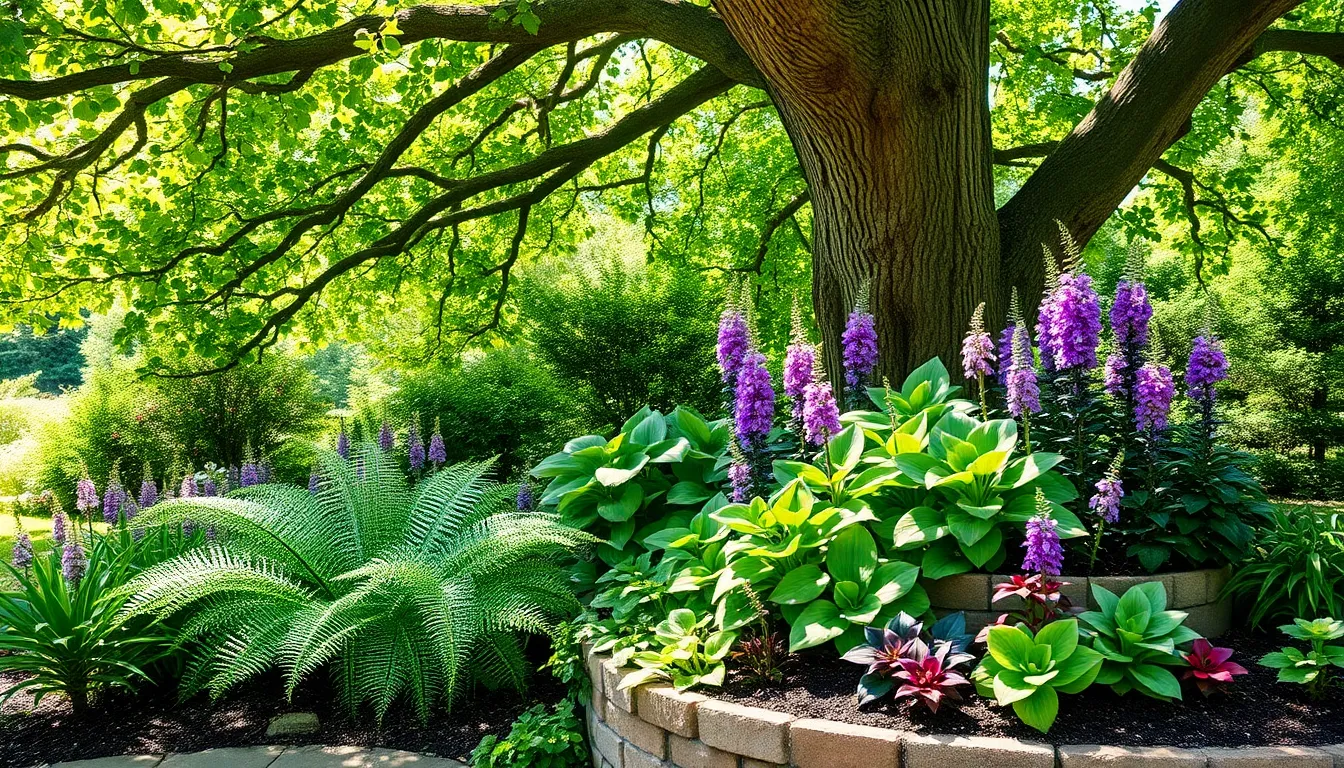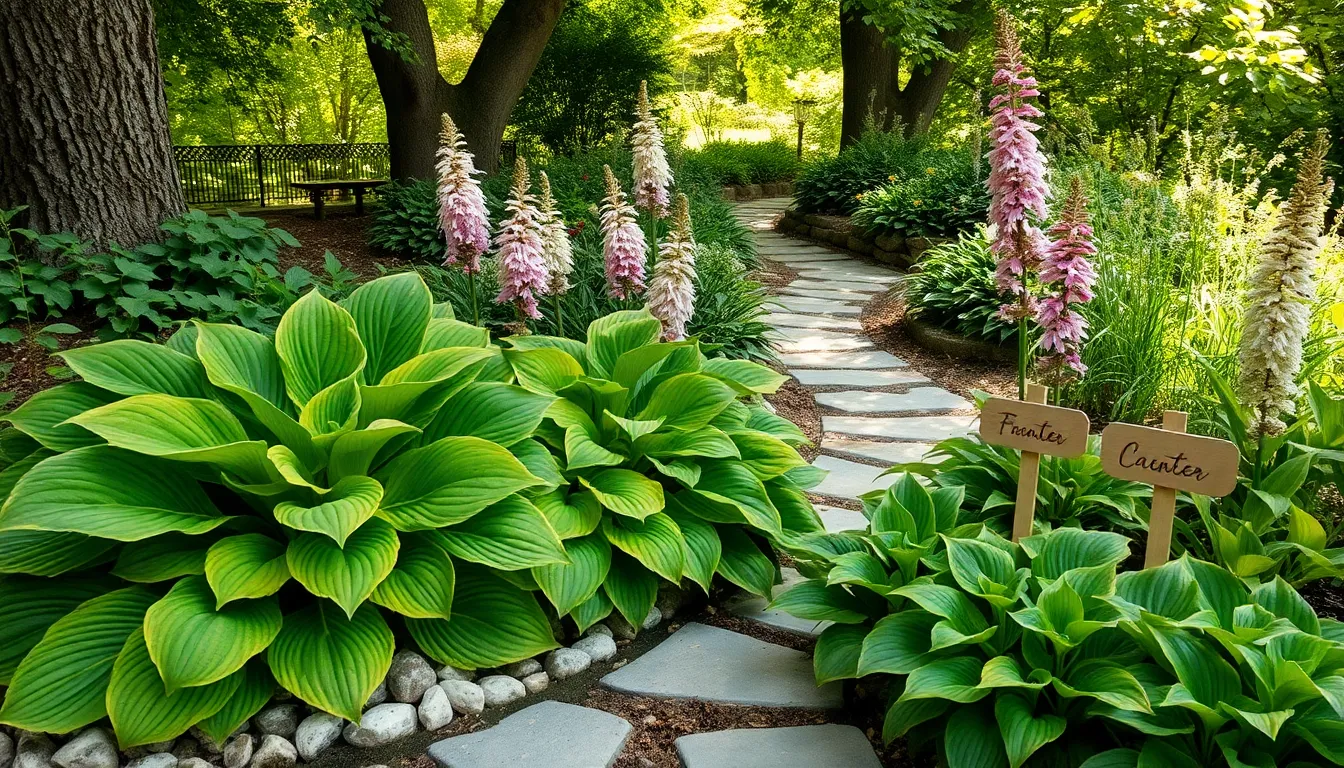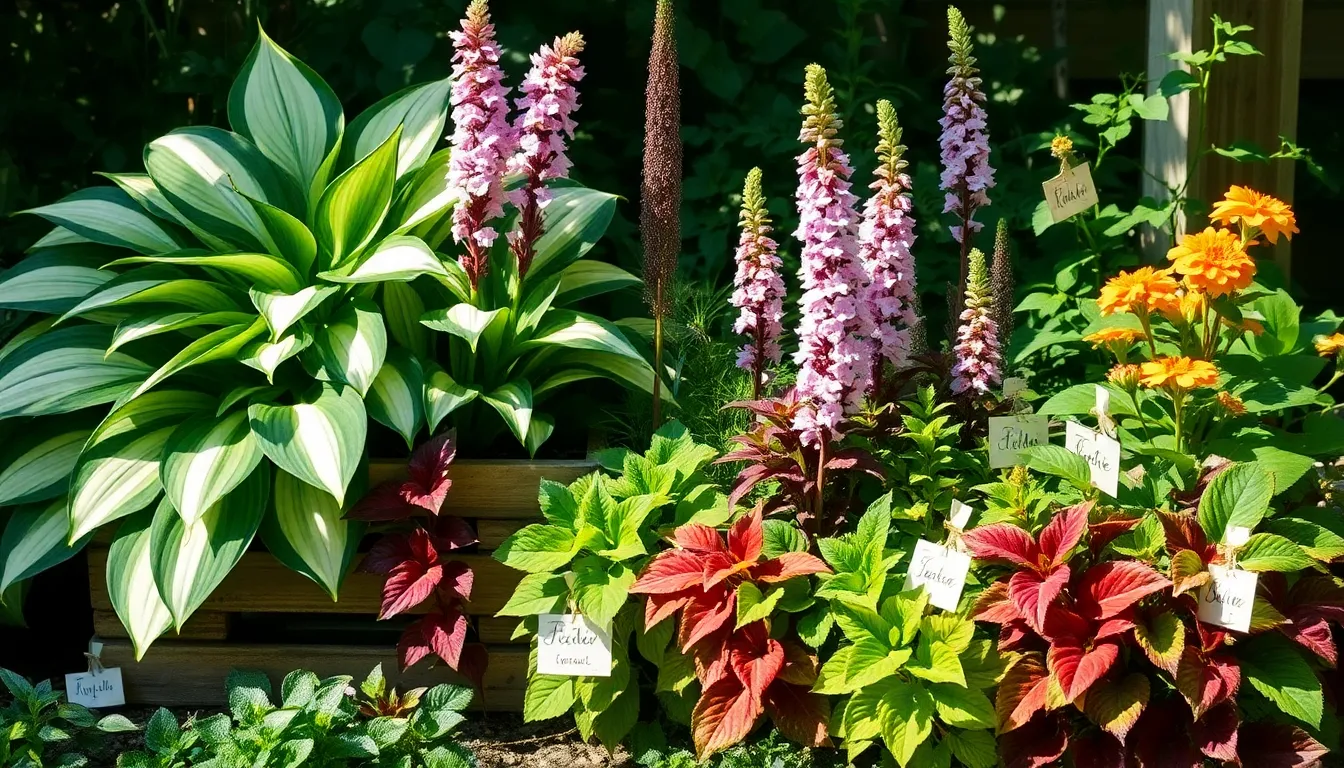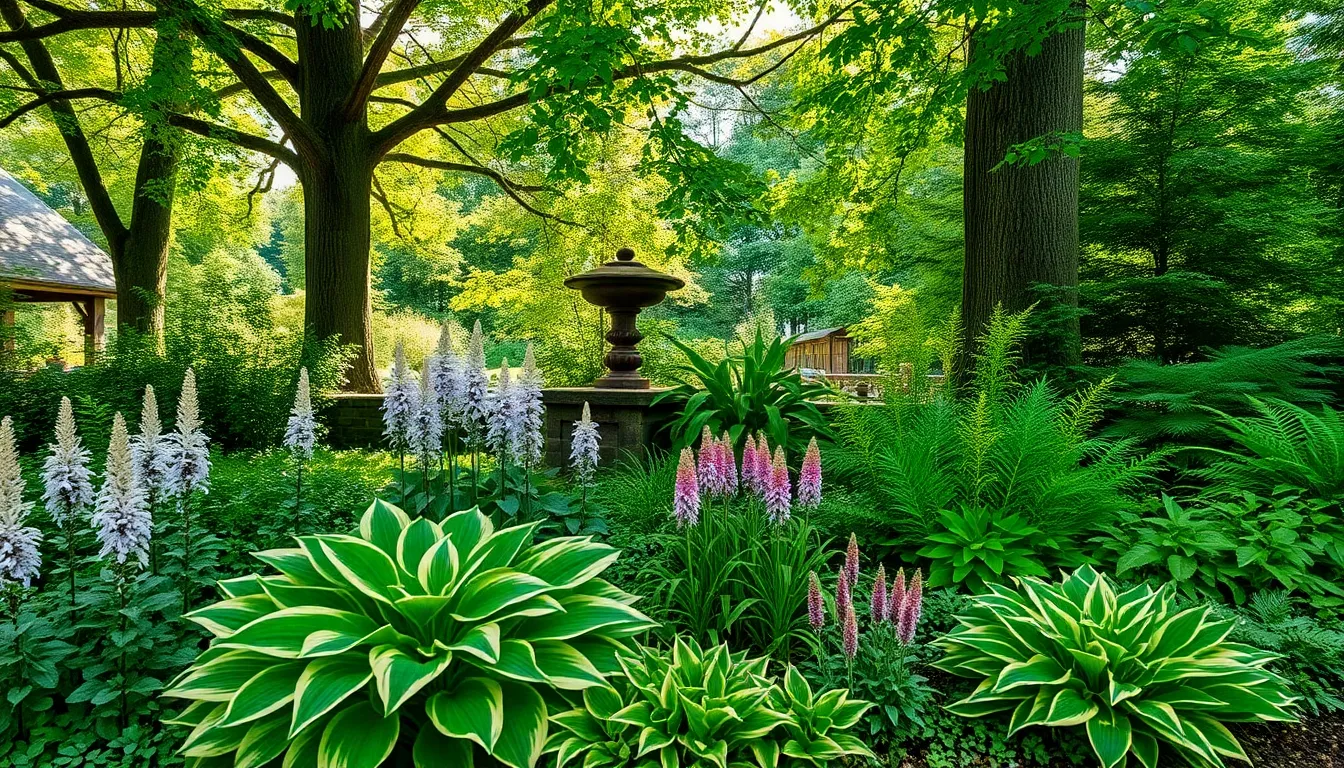Gardening in the shade can often feel like a delightful mystery waiting to be solved, where verdant creativity meets the gentle embrace of dappled sunlight. Whether you’re a novice just getting your hands dirty or a seasoned green thumb seeking fresh inspiration, shade gardening offers a unique opportunity to explore a lush, serene world that’s often overlooked. These tranquil spaces provide a canvas for remarkable plants that can thrive without direct sunlight, transforming your garden into a soothing retreat.
Understanding the potential of a shade garden isn’t just about finding plants that survive; it’s about discovering those that truly thrive and dazzle with their unique beauty and resilience. In this article, we’ll introduce you to twelve innovative shade garden plants that promise to inject color, texture, and life into the dimmest corners of your outdoor space. You’ll learn how to select the right plants for your specific conditions, ensuring that your shade garden is not only beautiful but also vibrant and full of life.
As you embark on this journey, you’ll find that gardening in the shade opens the door to a world of possibilities, encouraging a deeper connection to the natural rhythms and subtleties of your garden environment. This guide aims to equip you with practical tips and insights, empowering you to cultivate a thriving, diverse landscape that reflects both your personal style and the unique characteristics of your garden. So, roll up your sleeves and join us in exploring the transformative potential of shade gardening—where creativity meets tranquility, and every leaf tells a story.
Understanding Shade Garden Basics
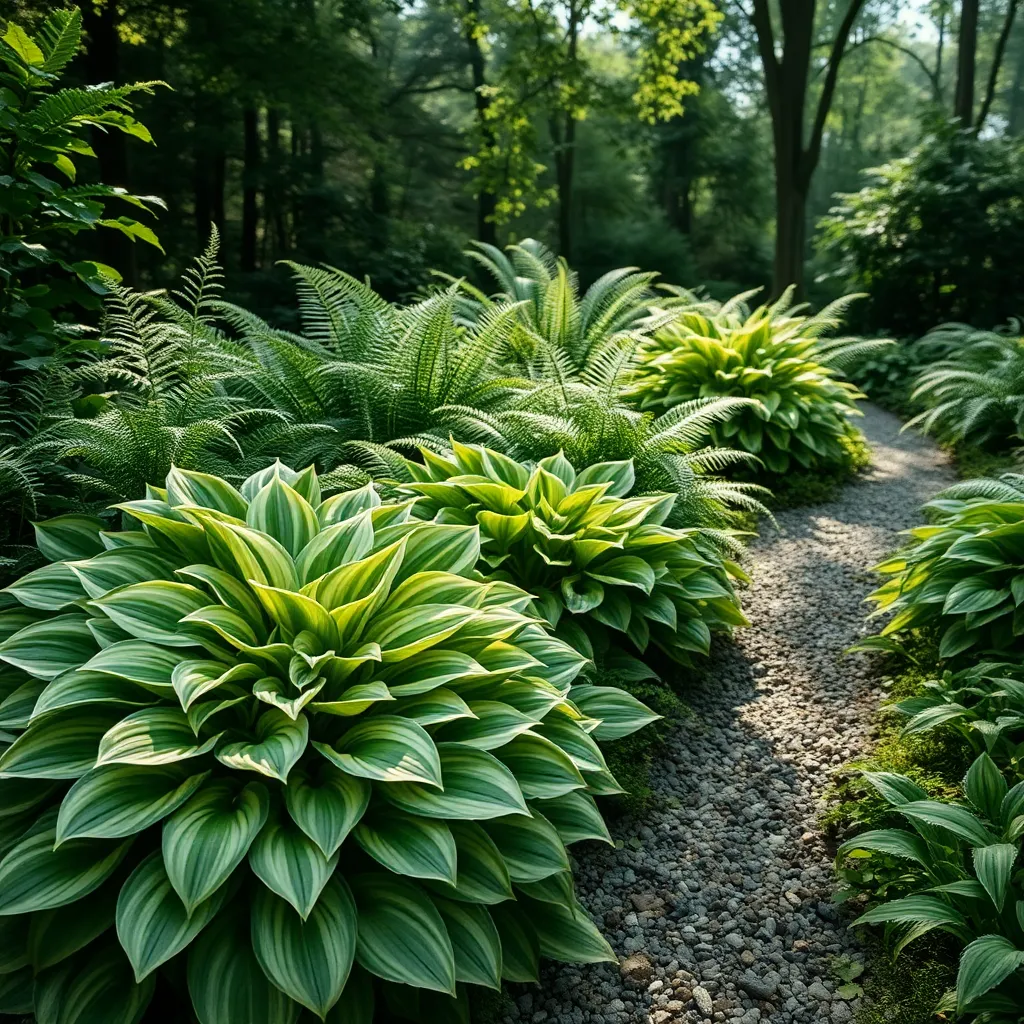
Understanding the basics of a shade garden is crucial for successful plant growth in less sunny areas. Shade gardens thrive under conditions where direct sunlight is limited, typically receiving less than four hours of sun daily.
Choosing the right plants is key to a flourishing shade garden. Consider species like ferns and hostas that naturally adapt to low-light environments, providing lush greenery with minimal light.
Soil quality plays a significant role in the success of a shade garden. Focus on enriching your soil with organic matter such as compost or well-rotted manure to enhance drainage and nutrient content.
Watering needs are different for shade gardens compared to sun-drenched areas. Although less evaporation occurs, it’s important to maintain consistent moisture levels, especially during dry periods.
For advanced gardeners, experimenting with varying textures and heights can add depth to your shade garden. Use taller plants to create a canopy effect, while ground covers can fill in space and prevent weed growth.
Top Benefits of Shade Plants
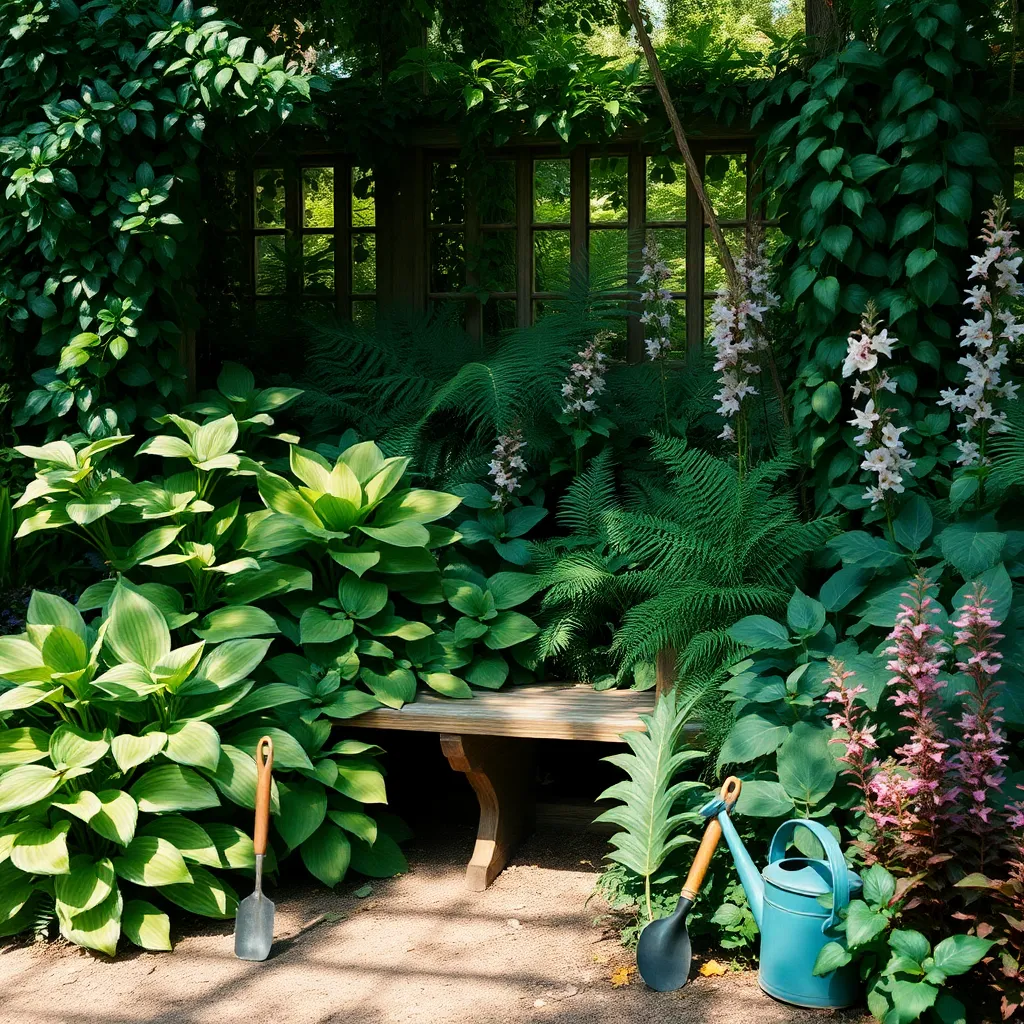
Shade plants offer a multitude of benefits that make them an excellent addition to any garden. These plants thrive in low-light conditions, making them perfect for areas where sunlight is limited.
One of the key benefits of shade plants is their ability to create a lush, green landscape without the need for full sun exposure. This means that even the shadiest corners of your garden can be transformed into vibrant, thriving spaces.
To maintain healthy shade plants, it’s crucial to choose the right soil. Opt for a well-draining, nutrient-rich soil mix to ensure that your plants get the best possible start.
Incorporating shade plants into your garden can also help with moisture retention. These plants often require less frequent watering, which makes them a low-maintenance option for busy gardeners.
For those looking to add variety, consider mixing different shade-tolerant species to create interesting textures and colors. Ferns, hostas, and heucheras are excellent choices for adding depth and dimension to your garden.
Advanced gardeners might experiment with layering shade plants to maximize their garden space. By planting taller species in the back and shorter ones in the front, you can create a tiered effect that adds visual interest.
- Soil type: Use a well-draining, organic-rich soil.
- Watering: Water less frequently, allowing the soil to dry slightly between watering.
- Plant selection: Choose species like ferns and hostas for varied textures.
Astilbe: A Burst of Color
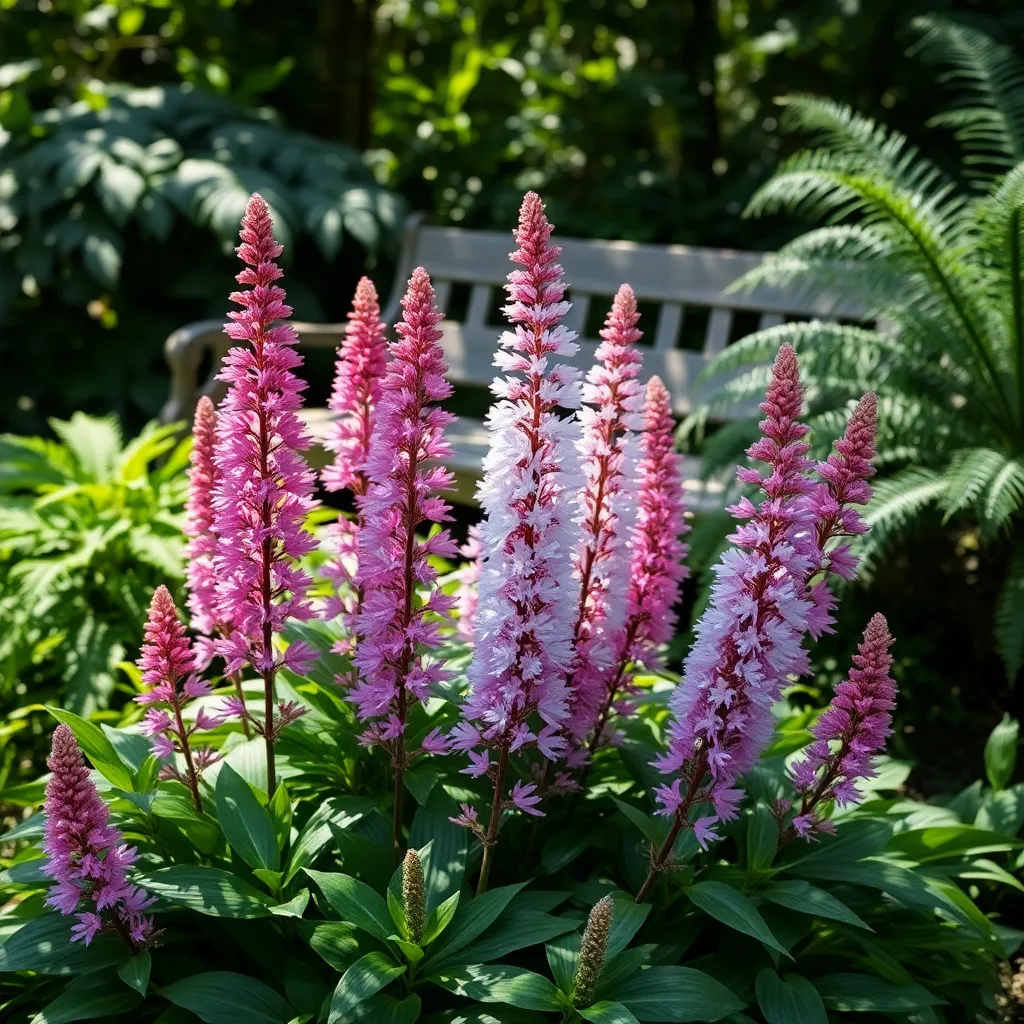
Astilbe is a fabulous choice for adding a splash of color to shaded areas in your garden. Known for their feathery plumes and vibrant hues, these perennials thrive in partial to full shade, making them perfect for areas where other plants might struggle.
To successfully grow astilbe, choose a location with rich, well-drained soil that retains moisture but doesn’t become waterlogged. Amend your soil with organic matter like compost to enhance its fertility and moisture retention, which is crucial for astilbe’s success.
Watering is key to keeping astilbe healthy, especially during dry spells or in the heat of summer. Aim to keep the soil consistently moist by watering deeply once or twice a week, ensuring the water reaches the root zone.
For those looking to take their astilbe care to the next level, consider adding a layer of mulch around the plants. This not only helps retain soil moisture but also regulates soil temperature, providing a stable environment for your astilbe to flourish.
Hosta: The Foliage Favorite
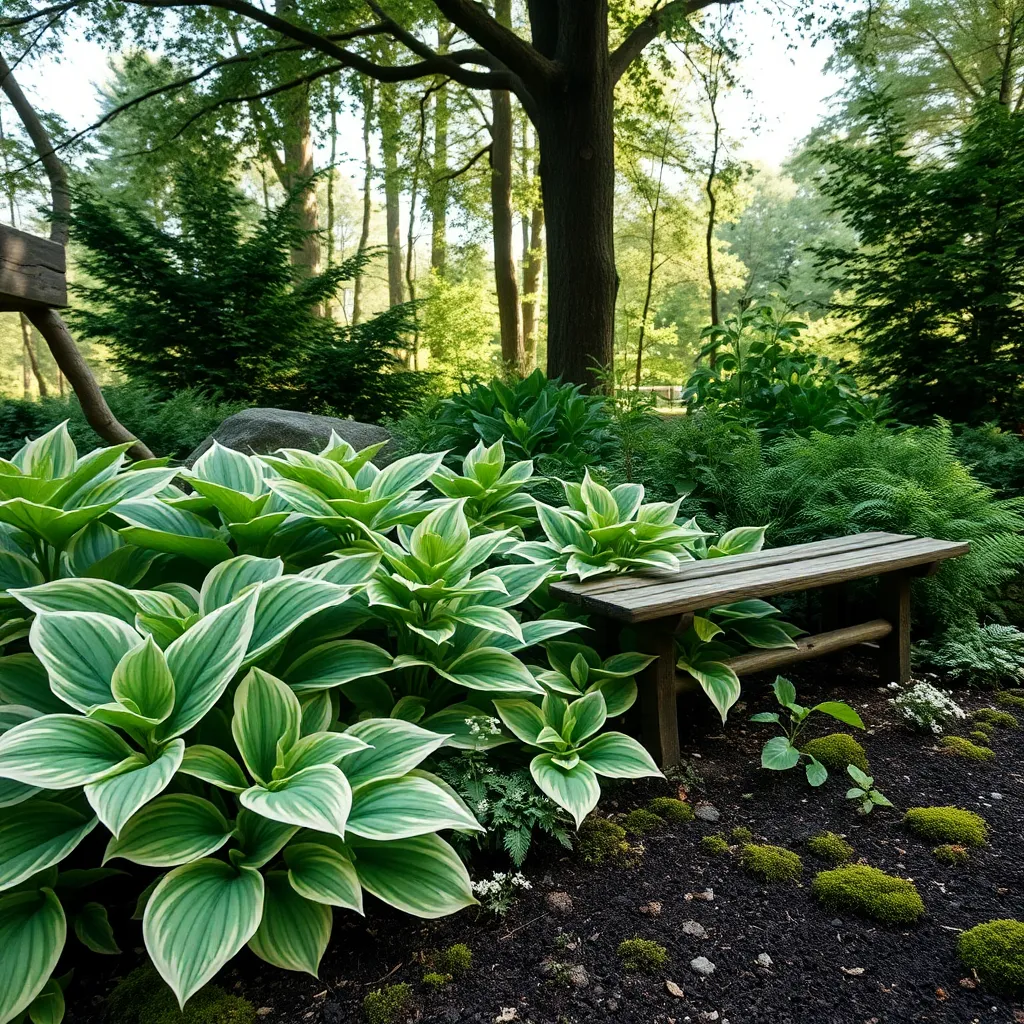
Hostas are often celebrated for their lush, attractive foliage, making them a top choice for shade gardens. These perennial plants thrive in partial to full shade and prefer well-drained, rich soil enriched with organic matter.
To ensure your hostas flourish, plant them in a location where they receive morning sun but are protected from harsh afternoon rays. Regular watering is essential, especially during dry spells, so ensure the soil remains consistently moist but not waterlogged.
Mulching around hostas helps retain soil moisture and suppress weeds, enhancing their growth. For gardeners seeking to deter slugs and snails, consider using copper tape or organic slug pellets as these pests can damage the leaves.
Advanced gardeners might try dividing hostas every few years in the spring or fall to encourage healthier growth and propagate new plants. With over 3,000 varieties available, experiment with different sizes and leaf colors to create diverse and stunning garden displays.
Ferns: Lush Green Elegance
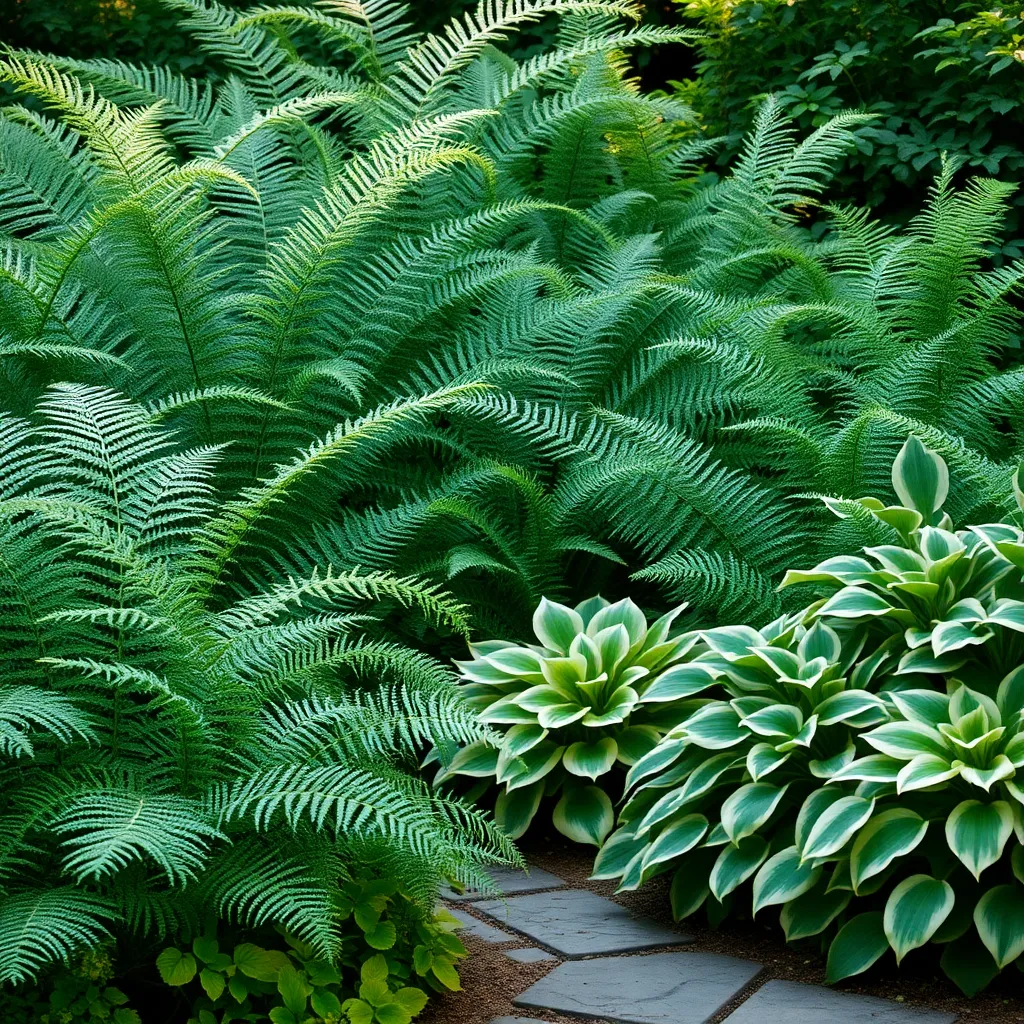
Ferns are a wonderful addition to any shade garden, offering a touch of lush green elegance to the landscape. Their delicate fronds can transform a shady corner into a verdant oasis with minimal effort.
These plants thrive in shaded areas and require consistently moist, well-draining soil to flourish. When planting ferns, ensure that the soil is rich in organic matter by adding compost or leaf mold to enhance its structure and nutrient content.
Watering is crucial for ferns, especially during dry spells, as they prefer high humidity levels. A good rule of thumb is to keep the soil evenly moist but not waterlogged, which can be achieved by watering deeply once or twice a week depending on the weather and soil conditions.
For gardeners looking to expand their fern collection, consider varieties like the Japanese Painted Fern or the Lady Fern, which are both visually striking and relatively easy to maintain. Advanced gardeners might experiment with propagating ferns by division or spores, providing a rewarding project that can expand your garden’s diversity.
Heuchera: Vibrant Hue Varieties
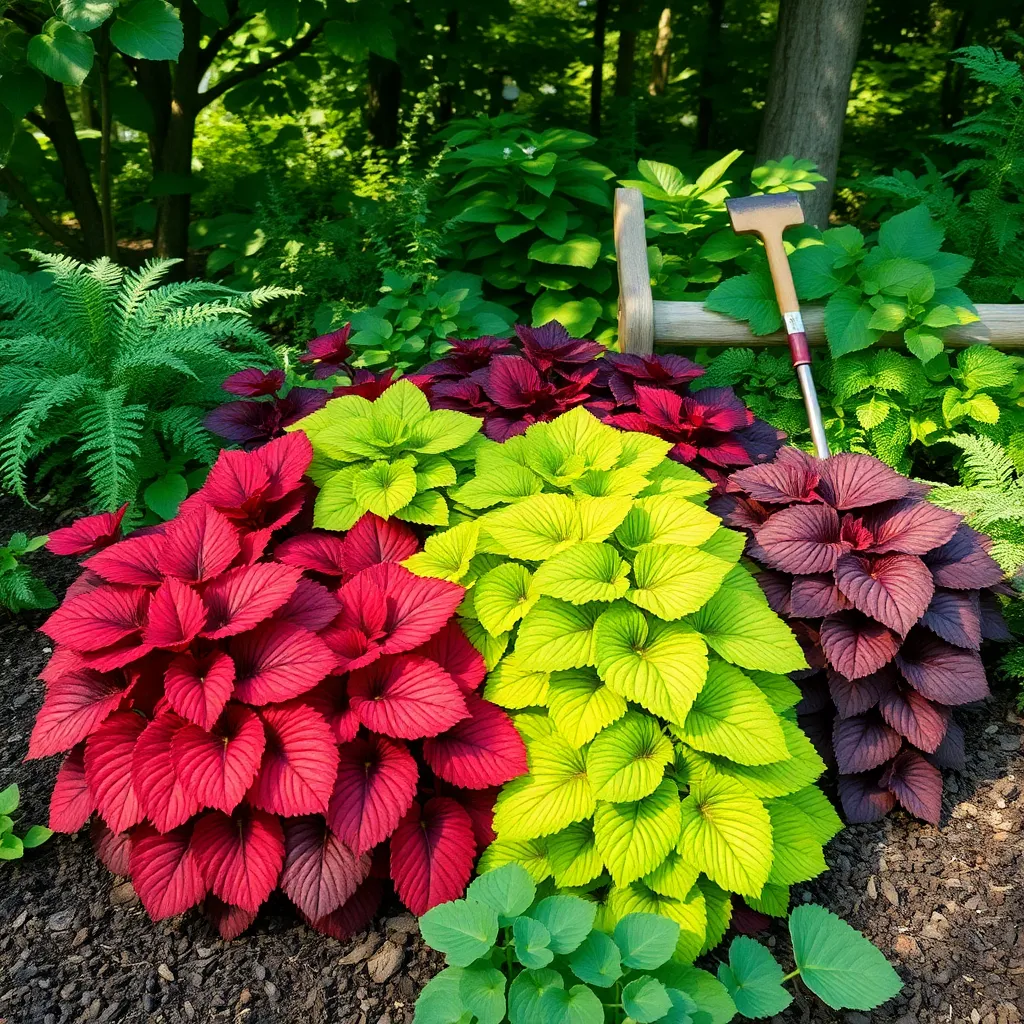
Heuchera, also known as coral bells, offers a dazzling array of colors that make any shade garden come alive. These perennials thrive in partial to full shade, making them perfect companions for ferns and other shade-loving plants.
To ensure vibrant foliage, plant Heuchera in well-draining soil enriched with organic matter. Regular watering is crucial, especially during dry spells, but avoid waterlogging the roots to prevent rot.
For beginners, start with varieties like ‘Palace Purple’ or ‘Lime Marmalade’ that are known for their hardiness. More experienced gardeners can experiment with hybrids like ‘Caramel’ or ‘Midnight Rose’ for unique color shifts throughout the season.
Mulching around the base can help retain moisture and keep the roots cool during hot summers. Divide clumps every three to four years in early spring to maintain plant vigor and expand your collection effortlessly.
Bleeding Heart: Delicate Blooms
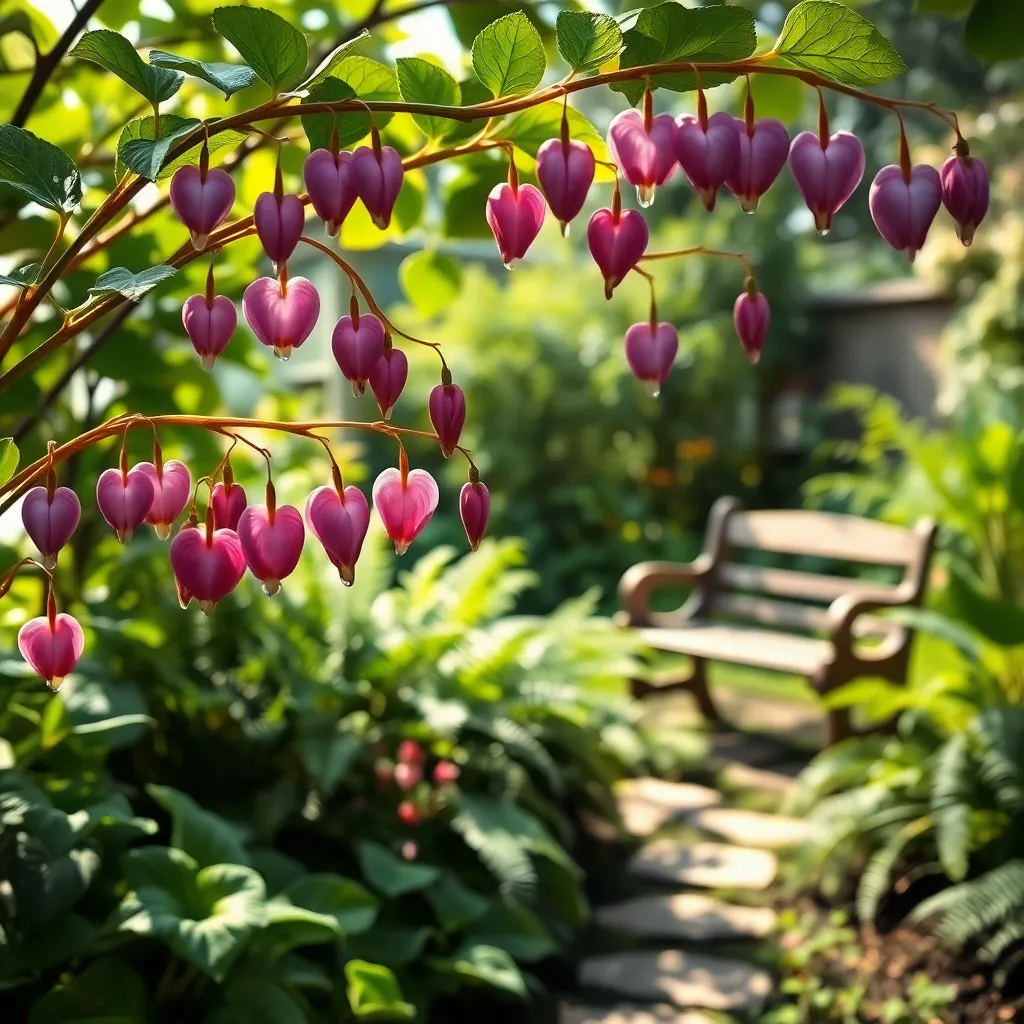
The Bleeding Heart plant, known for its delicate heart-shaped blooms, is a charming addition to any shade garden. Its arching stems adorned with pink or white flowers create a whimsical display, especially in spring.
To thrive, Bleeding Hearts prefer rich, well-draining soil with plenty of organic matter. Amend your soil with compost before planting to ensure the roots have the nutrients they need while maintaining moisture without waterlogging.
These plants appreciate a consistent watering schedule, especially during dry spells, so aim to keep the soil evenly moist. However, be cautious not to overwater, as excessive moisture can lead to root rot, which is detrimental to their health.
For gardeners looking to maximize the beauty of their Bleeding Heart, consider planting them alongside ferns or hostas, which will complement their foliage and provide additional shade. If you’re in a warmer climate, adding a layer of mulch can help retain moisture and keep the roots cool.
Tiarella: Intriguing Leaf Patterns
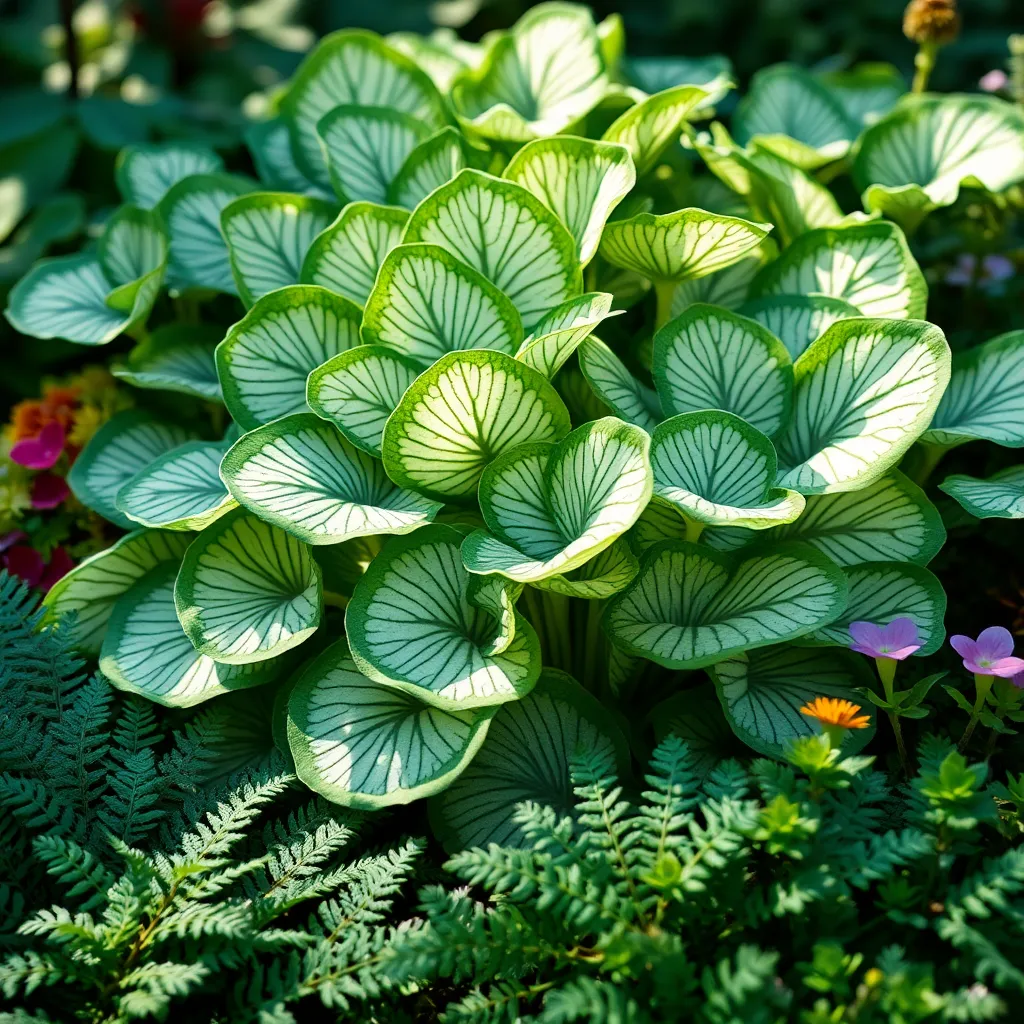
Tiarella, commonly known as foamflower, is cherished for its intriguing leaf patterns, making it a standout in any shade garden. These perennials are particularly known for their varied leaf shapes and colors, often featuring striking veining or marbling.
To successfully grow Tiarella, choose a location with partial to full shade, as excessive sunlight can scorch their delicate leaves. They thrive best in well-draining, humus-rich soil, which helps maintain the moisture levels they prefer.
Watering consistently is crucial for Tiarella, especially during dry spells, to prevent the soil from completely drying out. Mulching around the base can help retain soil moisture and reduce the need for frequent watering.
For experienced gardeners looking to enhance growth, consider dividing clumps every few years to maintain vigor and prevent overcrowding. Pruning spent flowers encourages more robust foliage and a tidier appearance throughout the growing season.
Japanese Forest Grass: Texture Contrast
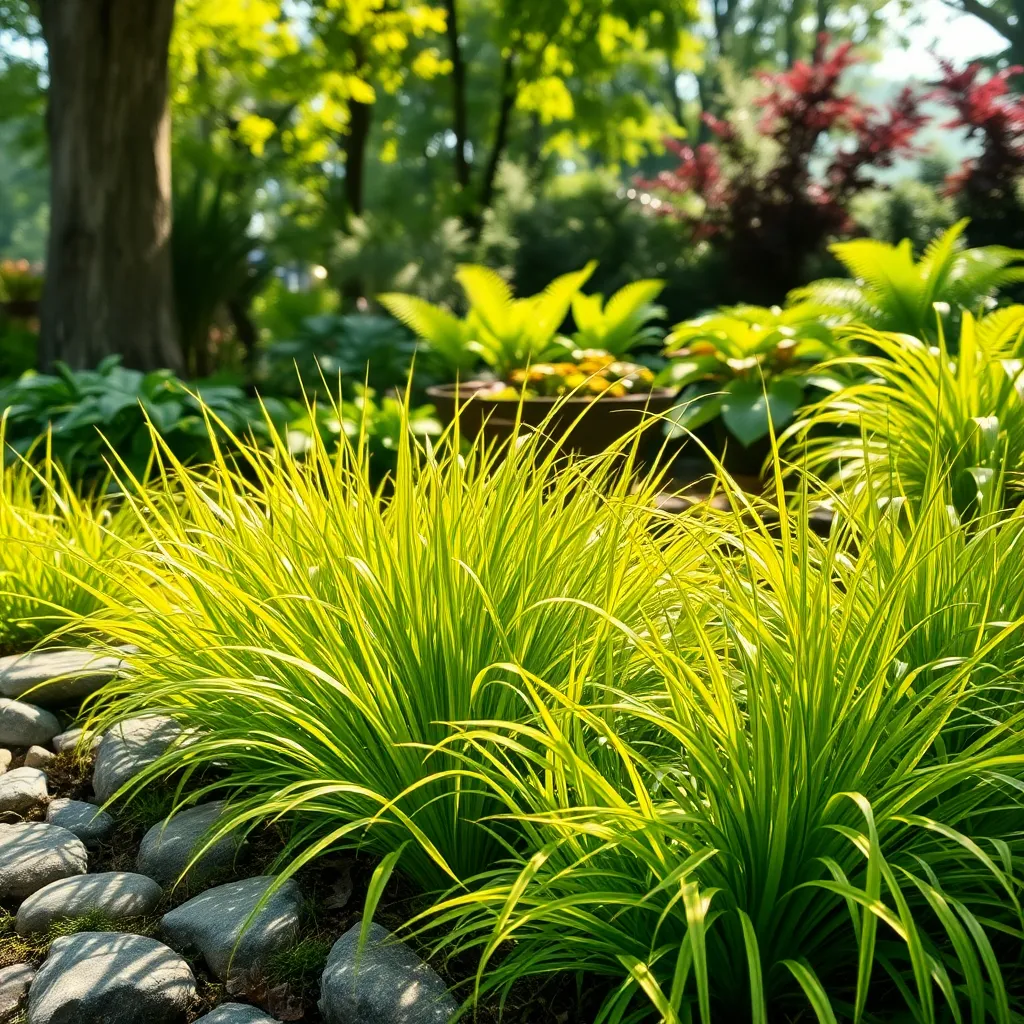
Japanese Forest Grass, or Hakonechloa macra, offers a striking texture contrast in shade gardens with its graceful, bamboo-like foliage. This perennial thrives in partial to full shade, making it an ideal choice for those challenging low-light areas where other plants may struggle.
For optimal growth, plant Japanese Forest Grass in moist, well-drained soil enriched with organic matter. Regular watering is essential, especially during dry spells, to maintain the lush appearance of its delicate leaves.
Beginner gardeners will appreciate its low-maintenance nature, as it requires minimal pruning—simply trim back old foliage in early spring to encourage new growth. Experienced gardeners can experiment with different cultivars, such as ‘Aureola’ with its vibrant golden leaves, to add more visual interest.
Consider using Japanese Forest Grass as a ground cover or along pathways to create a soft, flowing effect. Its cascading form not only adds texture but also pairs beautifully with the intriguing leaf patterns of Tiarellas, creating a harmonious blend in your shade garden.
Brunnera: Bold Blue Flowers
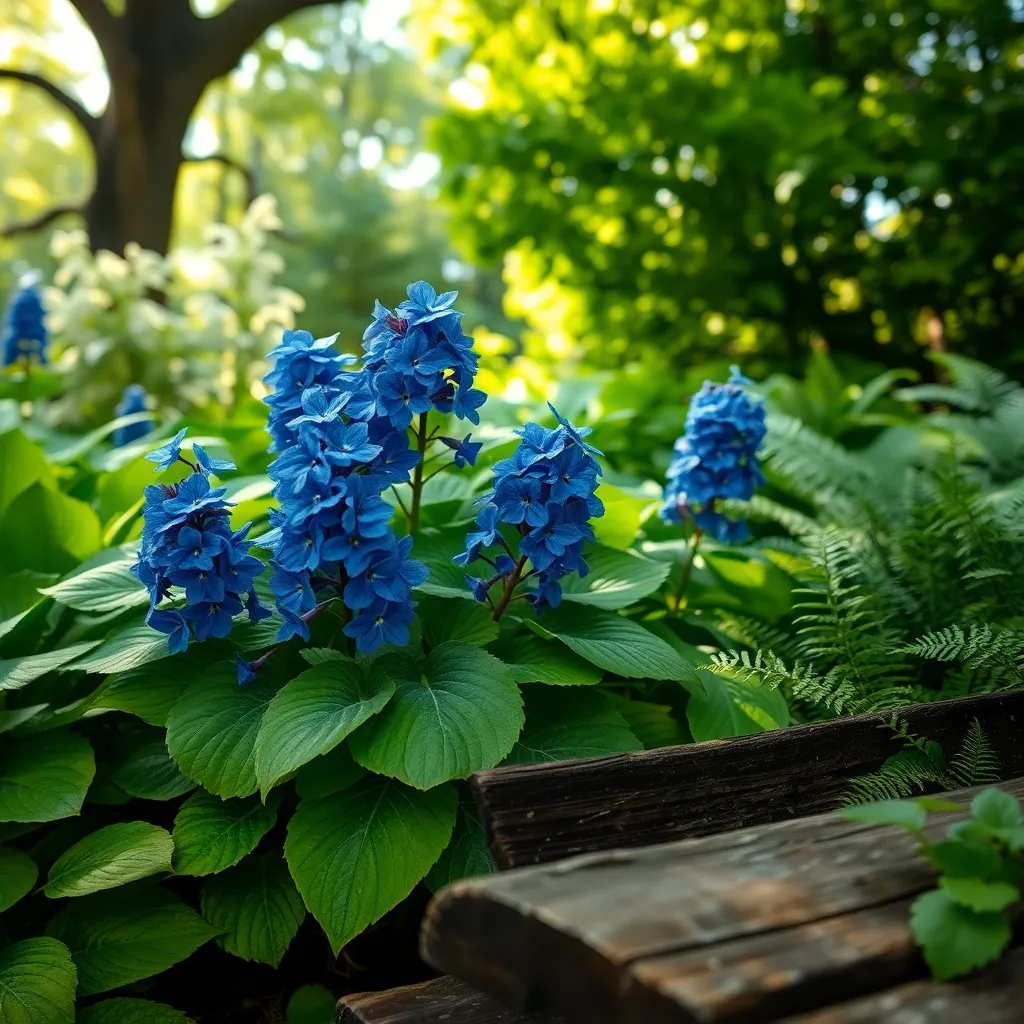
Brunnera, also known as Siberian Bugloss, is revered for its striking blue flowers that resemble forget-me-nots. This plant thrives in shady areas, making it perfect for those tricky spots in your garden where sun-loving plants may struggle.
To grow Brunnera successfully, choose a location with partial to full shade and moist, well-drained soil. Amend your soil with organic matter like compost to improve moisture retention and nutrient content.
Water Brunnera consistently during the growing season, ensuring the soil remains evenly moist but not waterlogged. In particularly dry spells, increase watering frequency to prevent the plant from wilting.
For gardeners looking for a low-maintenance plant, Brunnera is ideal as it requires minimal upkeep once established. Consider adding a layer of mulch around the base to retain moisture, suppress weeds, and protect the roots.
Lungwort: Speckled Leaf Beauty
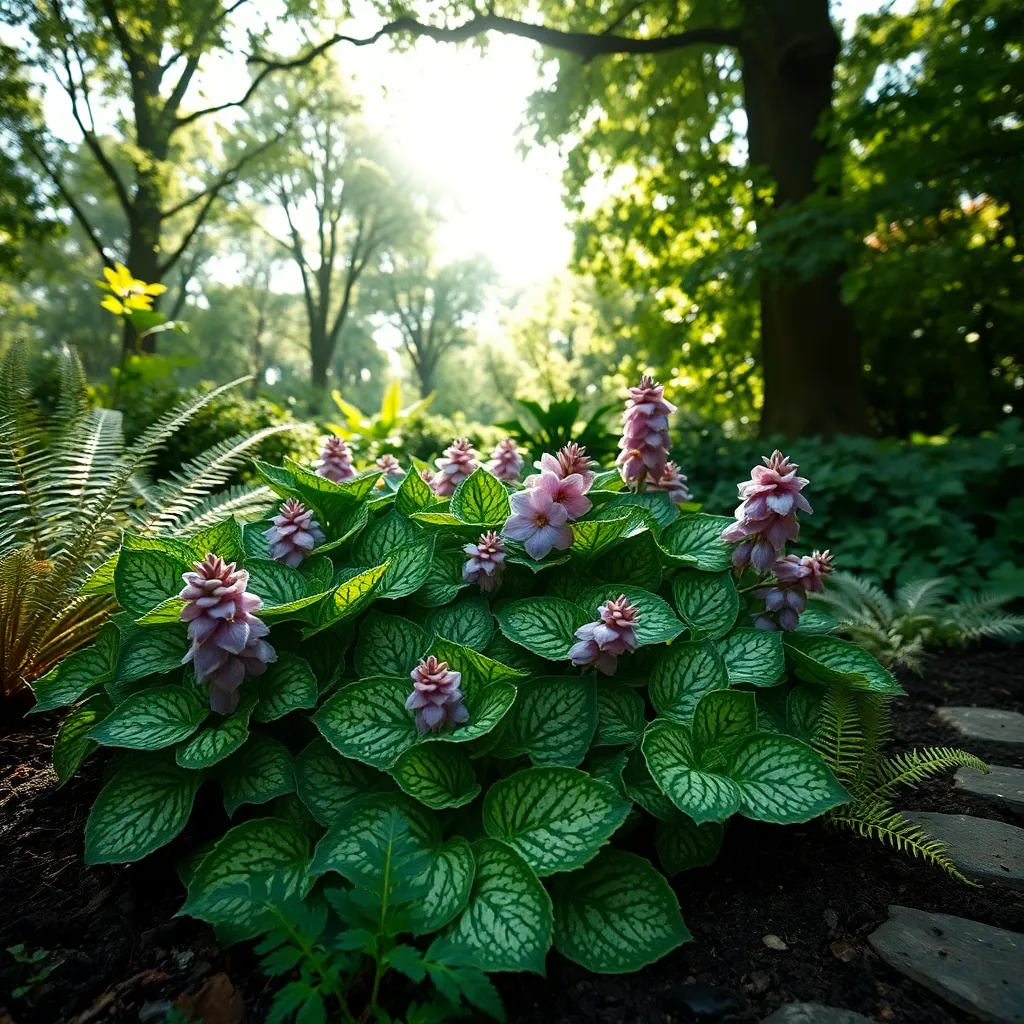
Lungwort, known for its distinctive speckled leaves, thrives in shaded garden areas. The plant prefers a spot with dappled sunlight and well-draining soil, making it perfect for those tricky garden corners where other plants may struggle.
To keep Lungwort healthy, water regularly to maintain consistently moist soil, avoiding waterlogging. During the hot summer months, providing a layer of mulch will help retain moisture and keep the roots cool.
A basic care routine involves removing spent flowers to encourage additional blooming and prevent self-seeding. For those looking to give their Lungwort a boost, apply a balanced, slow-release fertilizer in the early spring.
Gardeners will appreciate that Lungwort is generally low-maintenance and resistant to pests and diseases. However, be vigilant for slugs and snails, particularly in damp conditions, and remove them promptly to protect the foliage.
Caring for Your Shade Garden
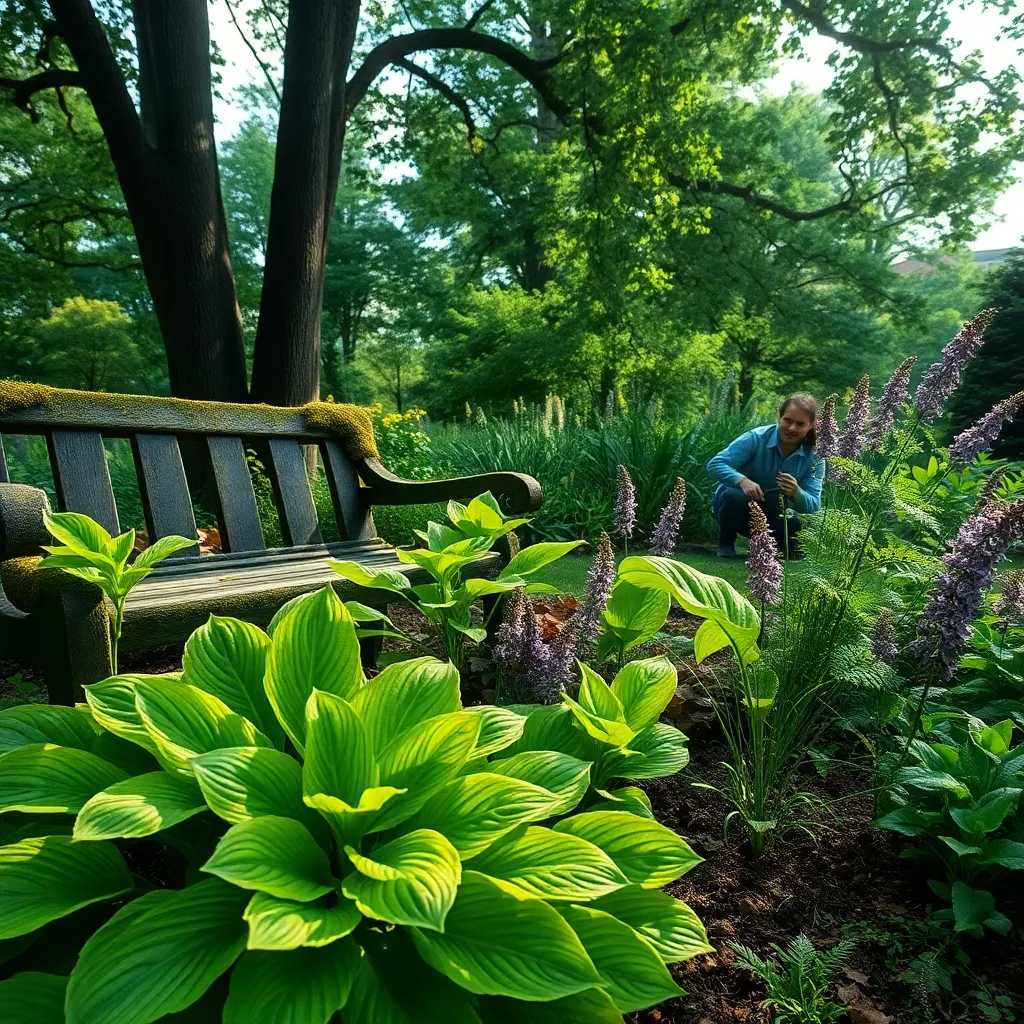
Caring for a shade garden involves understanding the unique needs of plants that thrive without direct sunlight. Begin by selecting plants suited to low-light conditions, such as ferns, hostas, and astilbes, which naturally flourish in shaded areas.
Ensuring proper soil conditions is crucial for a thriving shade garden. Use a well-draining, organic-rich soil to provide the necessary nutrients and moisture retention your plants need.
Watering is essential but should be balanced; shade gardens often require less frequent watering than sunnier spots. Monitor the soil moisture by inserting your finger a few inches deep—if it feels dry, it’s time to water.
Mulching can significantly benefit your shade garden by conserving moisture and suppressing weeds. Apply a layer of organic mulch, such as bark or leaf mold, around plants, keeping it a few inches away from the stems to prevent rot.
Conclusion: Growing Success with These Plants
In exploring the ’12 Innovative Shade Garden Plants,’ we unearthed a vibrant array of relationship concepts that thrive even in the shade. From nurturing patience like Hostas to embracing adaptability as Ferns do, each plant mirrors a vital relationship principle. We learned to cultivate trust like the resilient Astilbe, celebrate diversity akin to the colorful Heuchera, and foster communication like the interactive Bleeding Heart. The calming influence of Lamium, persistence of Solomon’s Seal, and mutual support symbolized by Lungwort remind us that relationships, much like gardens, flourish through intentional care. The humble Brunnera teaches us to value simplicity, and the Hardy Cyclamen exemplifies enduring love, while the Toad Lily inspires us to appreciate uniqueness.
As an immediate next step, reflect on one relationship principle you wish to nourish today. Be it a conversation or a small gesture, plant the seed of growth in your relationship garden.
Remember, relationships are ever-evolving landscapes, and nurturing them ensures they blossom beautifully. Bookmark this article as a reference point for your relationship journey. Together, let’s cultivate a future where every relationship thrives in its own vibrant ecosystem. Your thriving relationship garden awaits—start tending to it today!

